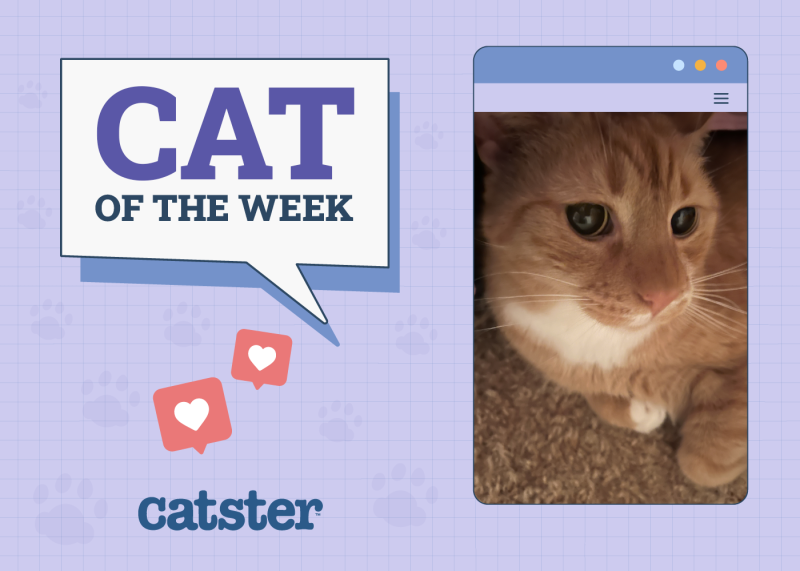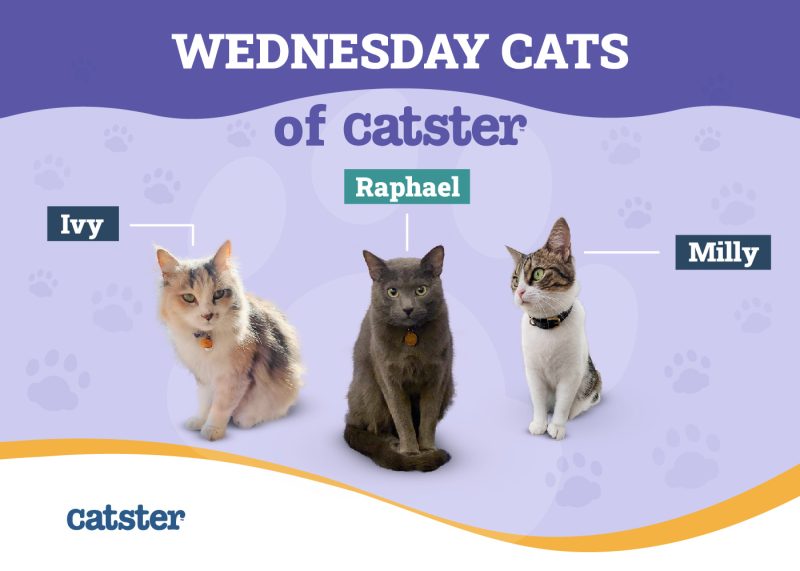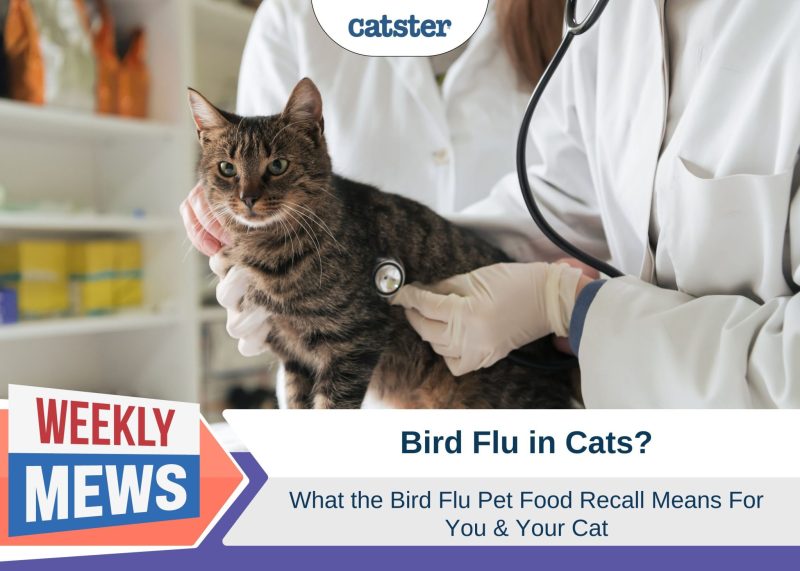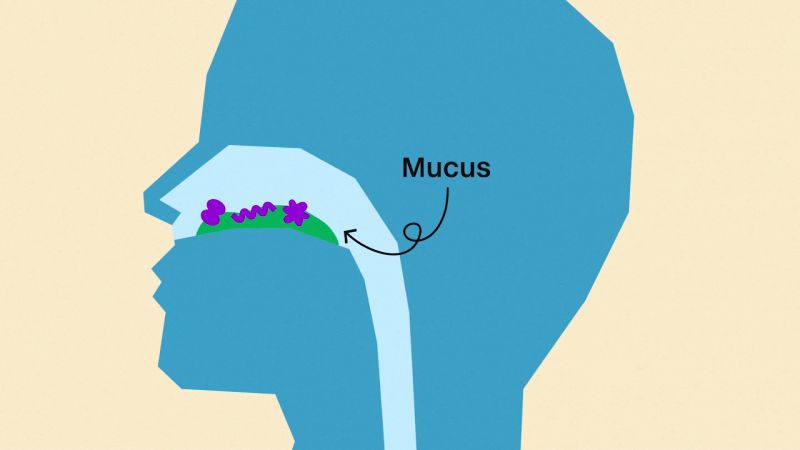Ask Dr. Paola – Monday February 3, 2025
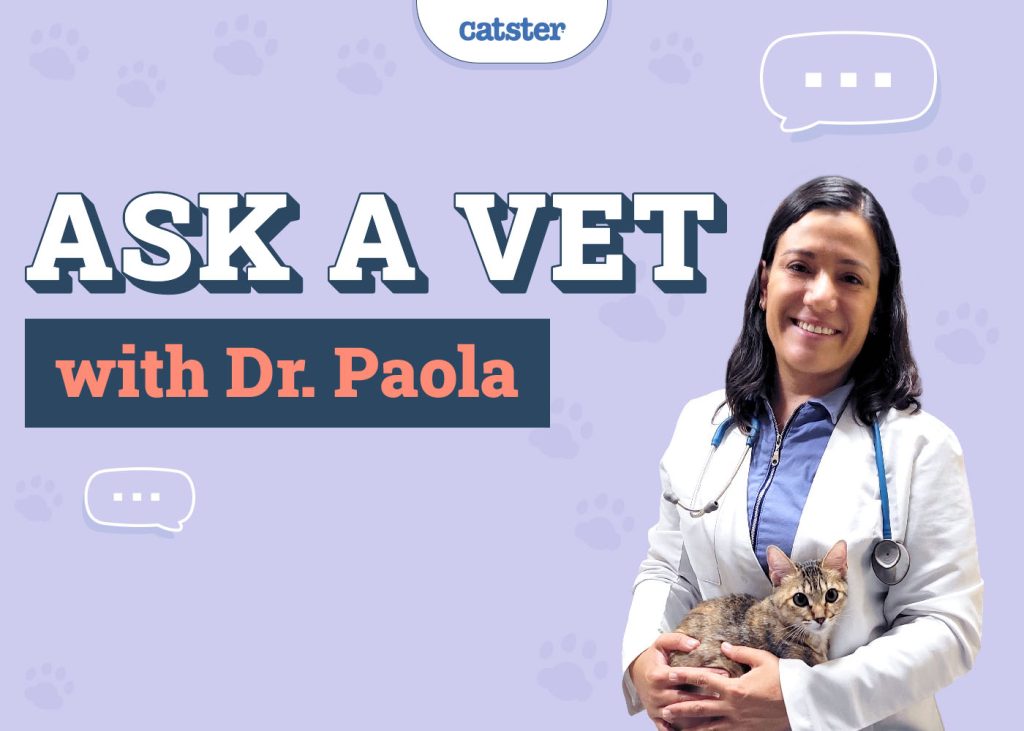
Welcome to our “Ask Dr. Paola” series, where every Monday we bring expert advice straight from Dr. Paola Cuevas (MVZ) to help our readers better understand their cat’s health and well-being.
Whether you’re a new pet parent or a seasoned cat lover, Dr. Paola is here to provide answers to your most pressing questions. From nutrition tips and preventive care to troubleshooting common behavioral issues, Dr. Paola is ready to offer insights that will keep your kitty happy, healthy, and feline fine. Stay tuned for expert guidance on a range of topics that matter most to you and your cat, so you can make informed decisions and provide the best possible care for your furry companion.
Have a question? Send it in here!
Help! My Cat Has Bumps & Scabs!
“Dear Dr. Paola,
Daisy is a 4-year-old, indoor cat and never goes outside, she is a little overweight but not obese. She has some bumps on her back near the base of her tail that are like pimples with scabs and has started to have dandruff. She doesn’t seem to be itching them but I can see that they irritate some because I’ve seen her look at the area and move like it bothers her. I think it is a diet problem but I don’t know. She only eats dry food but good quality, Blue Buffalo, Iams, etc. Would a supplement be in order? What might she be missing?” – William
Hi William! Daisy’s bumps, scabs, and dandruff near the base of her tail could have several causes. Flea allergy is a common issue, even for indoor cats, as fleas can find their way inside. If she isn’t on flea prevention, I’d recommend discussing this with your vet.
Her diet may also play a role. Dry-only diets can lack hydration and omega-3 fatty acids, both important for skin health. Your vet may recommend adding a cat-safe omega-3 fish oil supplement and incorporating moisture-rich, species-appropriate food can help improve her skin and coat. It’s best to have your vet check her to rule out allergies, infections, or other issues. You’re doing great by paying close attention to her signs!
Best wishes!
Dr. Paola
If you need to speak with a vet but can’t get to one, head over to PangoVet. It’s an online service where you can talk to a vet online and get the personalized advice you need for your pet — all at an affordable price!
Help! My Cats Fur is Thinning!
“Dear Dr. Paola,
We’ve been caring for a feral cat (Oscar) for several years. He’s gotten friendly only with us for the past year. We noticed thin areas on his fur, mostly on the sides near the spine. We thought it was from him rubbing along brick steps. We’ve observed him using his teeth to pull fur out after grooming the area. We don’t think there is any fungus or mites that is causing this as he doesn’t bother the area once the fur is pulled out. Could he have anxiety? What can be done about it if he does have that? Thank you” – Susie
Hi Susie, it’s heartwarming to hear how much care you’ve given to Oscar. Ferals are wild creatures and don’t often get friendly to humans, congratulations on winning him over. You are likely to be the only ones of our species he learned to not run away from. Congratulations on your patience and persistence.
The fur thinning and pulling you’ve noticed could be stress-related, but it’s important to rule out other causes, such as allergies, skin irritations, or pain from underlying issues like arthritis. Cats often overgroom as a way to cope with discomfort, whether physical or emotional.
If anxiety is the cause, environmental factors like a consistent routine, safe spaces, and calming pheromone diffusers (e.g., Feliway) which you would have to put as a collar could help, although it will likely be a challenge to put and monitor. I am assuming you are feeding him so ensuring he’s on a high-quality diet with omega-3 fatty acids may also support his skin health. A vet visit would be key to rule out other medical concerns and explore options like supplements or anxiety medication if needed. However, that would involve a transport box. Your attentive care is making a real difference for him!
Sincerely,
Dr. Paola
Help! My Cat Is Constipated!
“Dear Dr. Paola,
My (senior) cat Meeshu gets constipated from time to time, and I give her a small amount of Miralax. Yes, I know about Lax-a-tone, but she won’t have anything to do with it—whether I put it on her paw or mix it in her food. My question is, how much Miralax should I give her? She’s 19 years old and doesn’t weigh much. Thanks!”
– Vicki
Congratulations on the incredible care you’ve given Meeshu! At 19 years old, she’s surpassed the average cat’s lifespan, which truly reflects your dedication and love.
Constipation in senior cats, like Meeshu, often results from issues such as dehydration, arthritis making it hard for her to posture, or age-related slowing of her digestive system. Think of her gastrointestinal tract like an older car engine, it needs a little extra care and the right “fuel” to keep things running smoothly. While Miralax is commonly used to manage constipation in cats, I can’t safely recommend a dosage, since we don’t have a direct doctor-patient relationship. A veterinarian who knows her health history is the best person to determine the safest and most effective approach, and with senior cats, this tailored care is especially important.
In the meantime, there are steps you can take to support her digestion. Hydration is key, much like keeping oil in that engine. Try offering multiple water stations, adding low-sodium broth to her meals, or focusing on wet food to boost her water intake. Introducing a small amount of plain canned pumpkin (without additives) is like adding fiber to her system, helping things move more efficiently. Just be sure to introduce any changes gradually to avoid upsetting her stomach.
You’re doing an incredible job, and Meeshu is so lucky to have you championing her health and happiness in her golden years!
- Read last weeks questions here – Monday January 27, 2025
- Click here to submit a question
